How to Write a Children’s Book in 13 Easy Steps
It's not unlikely that you have your favorite children's book - perhaps your grandmother read it to you as a bedtime story, or maybe you discovered it back in elementary school. A good children's book can transport you into a whole new world, and your favorite children's books certainly helped you develop your imagination, gain key cognitive skills, and taught you how to treat others.
Children's books greatly enhance the development and learning of young children. They also often shape how they begin to understand the world around them. It's no wonder that many people want to return to these times and write amazing, fantastic children's books for the new generation.
From our article, you will learn how to write a children's book or a young adult novel, how to determine the age group of your readers, what to contain in your young adult fiction, and whether to publish your book online with a Publuu ebook creator or seek a traditional publisher.
Publuu’s ebook example
View more ebook examples
Writing children's books - all you need to know
To write a children's book, you not only need to have an idea, but you also need to set aside time to write it. But before you sit down in front of a program like Word or Google Docs, it's worth keeping a few key things in mind.
Age of readers

It all depends on the target age group and age of your readers.
Children from 1-3 years old, early readers, like cardboard books with one illustration per page - usually it's simple picture books showing colors, shapes, textures, or numbers. Children as young as three may already begin to understand a very simple story - a picture book might tell a simple narrative of how Alice lost her toy, looked for it in various places, and finally found it. This target audience won't comprehend more complex intrigues!
Four- to five-year-olds are already beginning to understand stories, and how plots work. However, to engage this target audience, it's best to base on concepts from the real world - firefighters, nurses, or animals. Children that are developing their own reading skills like to identify themselves with the characters.
Early teenagers in the middle grade are beginning to discover the power of imagination. Kids that are pre-teens are often fascinated by fantasy stories. This type of target audience discovers magic and adventure on their own and many of the first children's book writers find it easy to write middle-grade books full of action.
Older children, teenagers generally like unusual adventures, drama and conflict. Many young adult books are also appropriate for teens. This age range is most concerned with finding their place in the world.
Stand out from the crowd
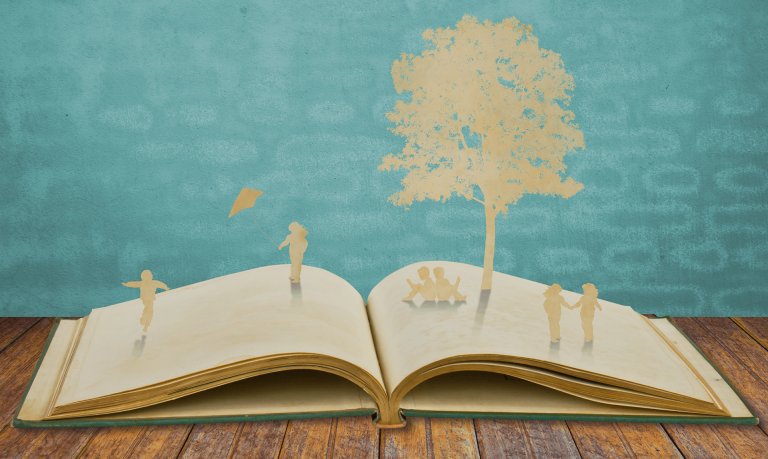
A good children's book must have something that sets it apart from other children's books. Picture books for young children should also serve as an interesting toy - kids will like attention-grabbing illustrations or something they can touch, for example.
For older children you also need to find a niche - an interesting character, an unusual place, or a mascot can attract attention. If you write children's books for 11-14 year olds they should have a gimmick, something that's more than a traditional story idea.
If you are writing a novel for teenagers, they may like a narrative about overcoming adversity and the dangers of the future. Many of these readers are demanding, and your books should be well researched. While a science fiction book for young readers can be about hopping from planet to planet, young adult novels require more realism and scientific accuracy.
For adults and for kids

While a children's book should appeal to young readers, it is also worthwhile to make sure it is also interesting to the adults in their lives. Many grown-ups also love children's books, since they are simpler and allow them to relax! Write for a child reader, but don't forget that they can ask an adult about any complex issue.
News of a good children's book spreads quickly among parents and educators, and older readers will keep coming back to it. That's why when you write a children's book you shouldn't be childish.
Work on your word count

Some of the picture books for very small children need to be very short - often they have 32 pages, with one sentence per page - which makes for 500-600 words.
Early readers between 5 and 8 years old can withstand 1000 to 2500 words of simple, repetitive text.
Middle-grade books come closer to the shorter novellas or novelettes. When you write a children's book for early teens 11-13, you can write 20000 to 40000 words, while older middle-grade readers can read regular chapter books. Novels for teens can have a lower word count than for adults, but on the other hand, teens have more free time.
Children's book narrative

Apart from children's picture books or non-fiction books, every book must have its own storyline. Every story has three parts: beginning, middle, and end.
The job of the beginning in a children's book is to introduce the world, and the protagonist and set the tone. The beginning is followed by an event that will change the protagonist's life - for example, she loses a toy rabbit.
Then comes the middle of the plot, which is everything the protagonist does in reaction to the event. This event sets the tone for the rest of your narrative and gives you a chance to develop your characters. In the 10 pages you can describe all the places Alice looks for her rabbit.
Finally, there comes a key point where your protagonist has to face the difficulties that have been building up.
However, there must be a resolution to the plot -that is, Alice finds the rabbit! Everything depends on your writing style, but you should guide young readers to the final closure of your story by resolving side plots and unresolved problems. Close the story by demonstrating how the protagonist or his world has changed since the climax. Has the protagonist's point of view changed? How? What happens to them next?
How to write a children's book in 13 steps
1. Research the market thoroughly
Look through the children's book categories to see what's selling now, and what's popular with children now. Does your idea fit today's children? Does the world really need another book about puppies and unicorns?
2. Decide who you want to write for
Think carefully about what age group your children's book will aim at. Do you mean younger readers, preschoolers, middle schoolers, or teenagers? Is your work to be read aloud by a parent or teacher, or can the child read it aloud? Also think about other aspects - for example, if you want to introduce traditions of a certain ethnic group, does it need an explanation?
3. Come up with a good title
You need to come up with a catchy title for your children's book to make people remember it and talk about it. You can do this after you've written it, but a title gives purpose to the project. It must also convey what the story is about. In today's world, it's also worth remembering the ease of searching Google or the Amazon Store.

4. Discover your style
You need to discover a writing style that is appropriate for the target age range you are writing for, the story you are telling, and your personal tastes. You may already have experience writing adult books or non-fiction. However, when it comes to writing for children, you have to learn it all over again.
Many children's books are written in verse, for example, so it must sound natural. Rhythm is also very important - you must not leave it out. Often children like books written in the present tense, because they identify with the characters and the action moves faster. They experience events as they happen.
Decide whether you want to write in the third or first person. The narrator's third-person voice can provide more freedom and flexibility, and children generally prefer it to the first person. But if the character seems interesting and you can get into his or her role, try using the first person.
5. Prepare interesting characters
The best characters have strong personalities, make bold decisions and achieve their goals in the face of all difficulties. Children admire them and want to be like them because they like to identify with the main character. It is often a good idea to write about children not much older than your main age group - primary school children like to read about middle schoolers, middle schoolers about high schoolers.
6. Create a plot
Try to prepare a plot outline before writing. Some writers need to know in advance what will happen, others make it up as they write. However, if you have a great children's book idea, you should have a plot twist and an interesting final scene.
A strong plot means that your characters are constantly facing difficulties and problems. Also, remember that children like happy endings and having their questions answered. If your entire story lacks a happy ending, you risk upsetting or displeasing the reader.

7. Add realistic dialogues
Children like to read books that contain dialogue. Listen to the conversations around you; none will sound like the perfectly fluent, complete phrases you learned in school. Use age-appropriate vocabulary that children will understand and connect with. Above all, talk to kids - remember that they won't use slang that you yourself used at their age.
8. Start writing
This has to be done. Regardless of anything, when you are writing a children's book you have to sit down and push the story forward. There are many different writing techniques, but it's best to spend a minimum amount of time writing - for example, decide you want to write 1000 words or a page in a day, and if you're inspired, more. Even after you finish the text, you need to revise, edit and proofread it, which can take even longer than writing.
9. Find an editor and proofreader
Children's book editors will correct factual errors. If you set your book in medieval England, for example, you yourself must know history well, but a second historian will help you and verify any loopholes and errors. Teenagers use Wikipedia and will spot any inconsistencies and plot holes!
A proofreader will correct spelling and grammar errors. Even if you can't afford an editor, show the first draft of your children's book to someone with the proper training.

10. Find illustrations
Illustrations can make or break your book - even older readers like illustrations in their chapter books. When writing a children's book you need good pictures.
Find a children's book illustrator - ask friends, look for illustrators on sites like Fiverr or DeviantArt - you can find great work for a low price. However, if you want to publish an ebook or a book, be ready to spend up to several thousand dollars for great illustrations. A large publisher may pay as much as 25,000 for illustrations, but the book must be a sure success to hire a prestigious children's book illustrator.
11. Think through the typesetting and design
Think about the design and layout of your book. Many people will advise that the font should always be large for smaller children. Will it be a picture book? Or maybe a young adult novel?
Also, choose a font - stick to serif fonts if it's going to be a traditional novel. Decorative fonts look good only in comic books.

12. Find a publisher
If you're a novice in the editing business, you don't need an agent. If you think your children's book is complete, send a query to the traditional publishers. Many people recommend enclosing the first three chapters of the manuscript. If they like it, they might buy it, pay you an advance and start promoting your book. If you become an established author, then you can hire an agent.
Another option is self-publishing. If you want to release your children's book on Kindle, you can do it easily on your own. You can also simply have some copies of your novel printed and distribute them yourself if you think you can market it to bookstores.
13. Market your book
Writing children's books is only half of the success. Now you have to make them fly off the shelves. Very small publishers can distribute it for free using the Internet, but traditional publishing methods might need a more efficient marketing campaign.
The writer might have to appear at various meetings, visit libraries, and give away the book for free - all depending on the publisher. If you went with the self-publishing route, you should market your book yourself; be sure to answer fans' questions on sites like Facebook and Goodreads.
Children's book ideas
I'm sure you already have a ton of ideas - but it's worth considering whether your book is suitable for children.
A good children's book is full of adventure: young people are very imaginative and looking for something new, so make sure your story goes into that. That doesn't mean it has to take place in a magical world or your characters should only encounter unusual situations. But the story has to tell of an event that is not familiar from everyday life.
Ask potential readers of different ages what they think of your idea. Listen to their comments and try to incorporate them into your story, if possible. When you want to write your own children's book ask children and adults what would they like to read about.

A good hero is one with whom children can identify. When writing a children's book, it's very easy to "lose" your readers if there are too many characters in the story (or ones that are too difficult to "understand").
Keep it simple and make the protagonist appeal to children - he doesn't have to be a child himself, but he must have something that makes children want to see the world through his eyes. Memorable characters are ones that are different from others but like the reader.
Many people think that a children's book must have a moral lesson. But the days of clear morals are gone, even in simple picture books. The story and fun must always come first. Don't start with a moral by force, just try to tell a good story - and let children draw their own conclusions.
How do you develop your own idea?
If you need help and are not sure how to write a children's book, try a simple trick. Do a Google search for "children's book" and the idea of your novel. For example, "children's book + magical land in the attic".
In 2022, it's almost certain that a book like yours has already been written... But you want to differentiate yourself from other, similar children's books! Read the descriptions of these novels and ask yourself - what's wrong with them? How would you tell such a story? Do you think they send a different message? A few such thoughts and you already have a bunch of new and interesting ideas.
The secret is to include at least one unique twist in your story. When writing a children's book, introduce a surprise at the end that sets it apart from previous novels.
How to write a children's book template gallery

This sweet princess-themed cover will make your children's books memorable and exceptional.
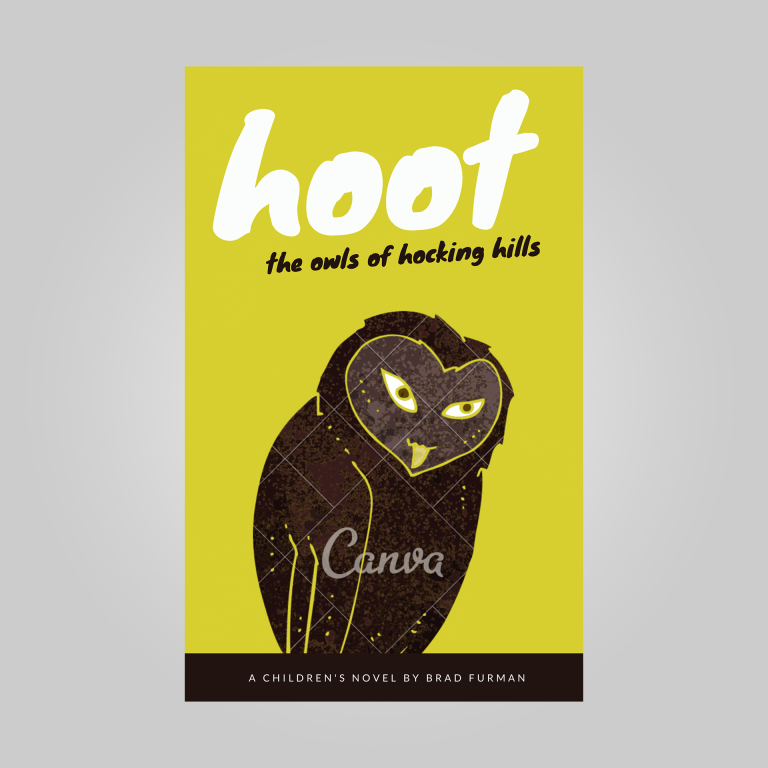
Strong contrasting accents like this owl will help your book cover stand out.
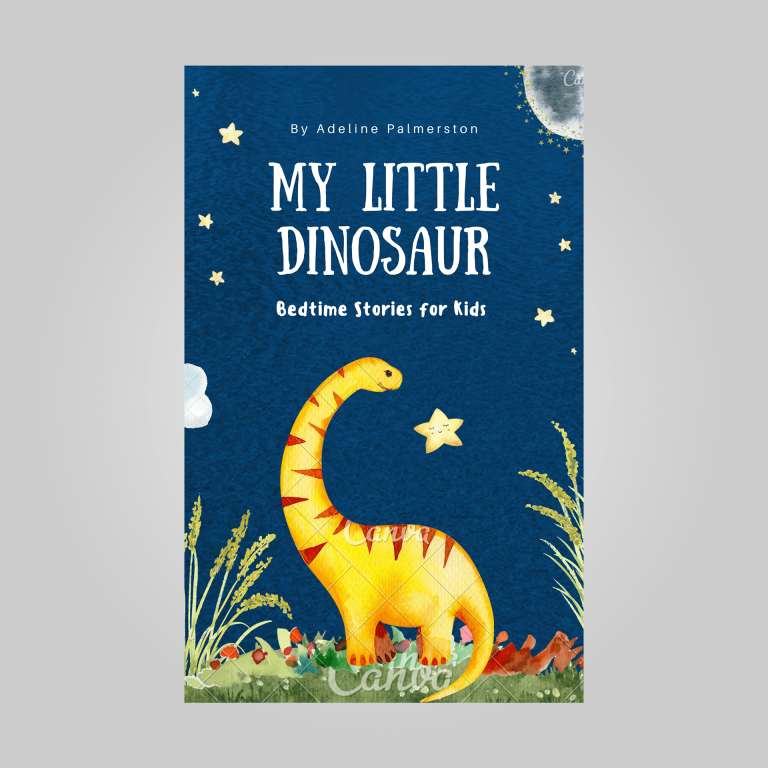
You can use this book cover as an illustration if it fits the theme, or as a cover for an early reader.
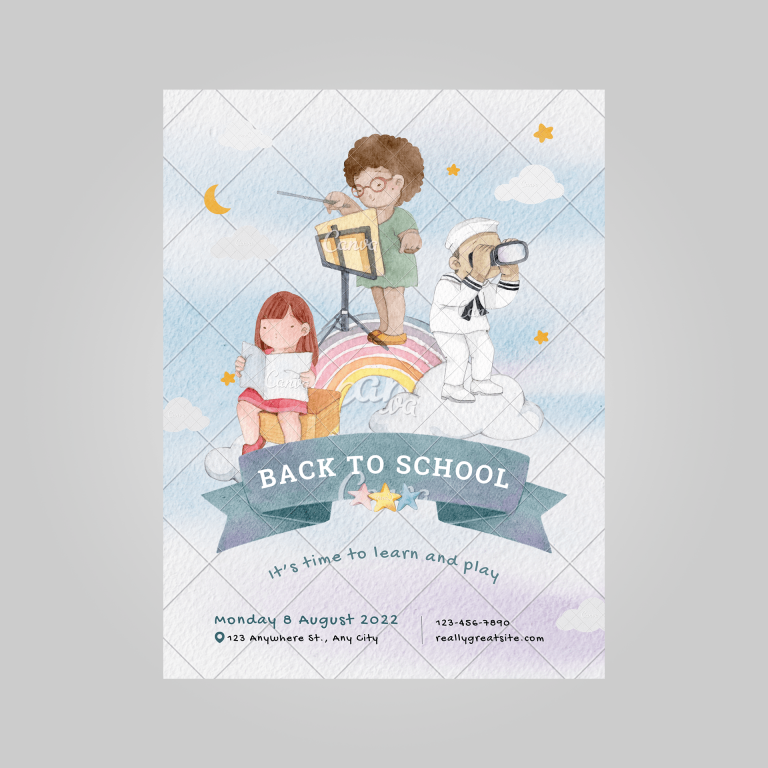
This watercolor children's book cover is perfect for both boys and girls.
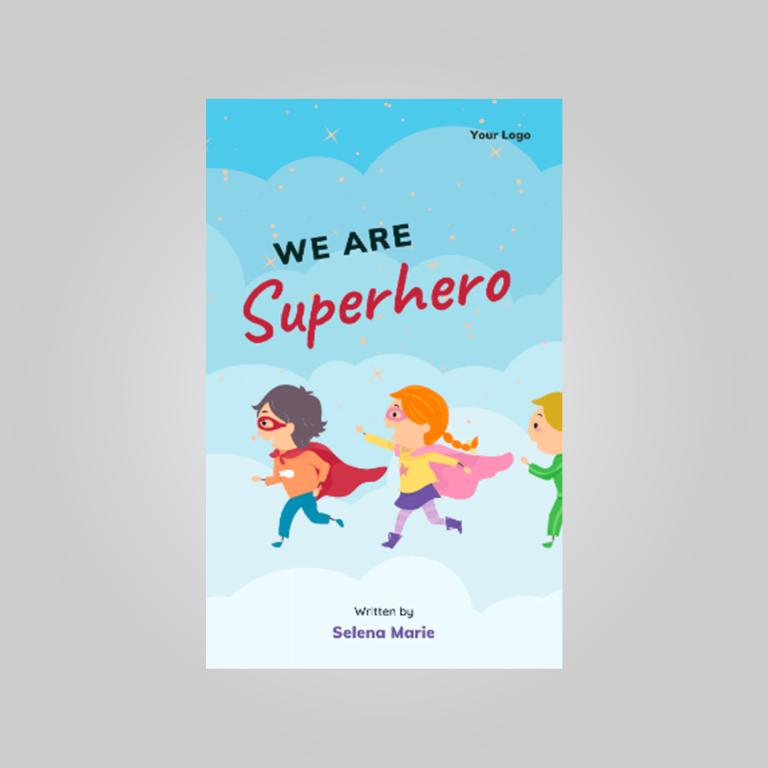
Kids wearing superhero costumes promise great adventure - and a great children's book!
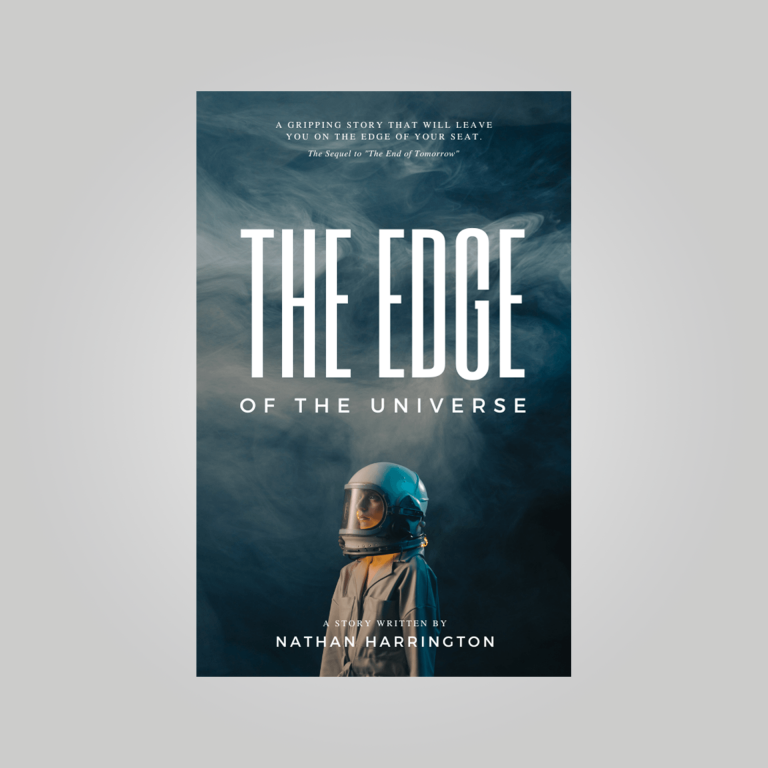
This moody cover is perfect for sci-fi books for teenagers.
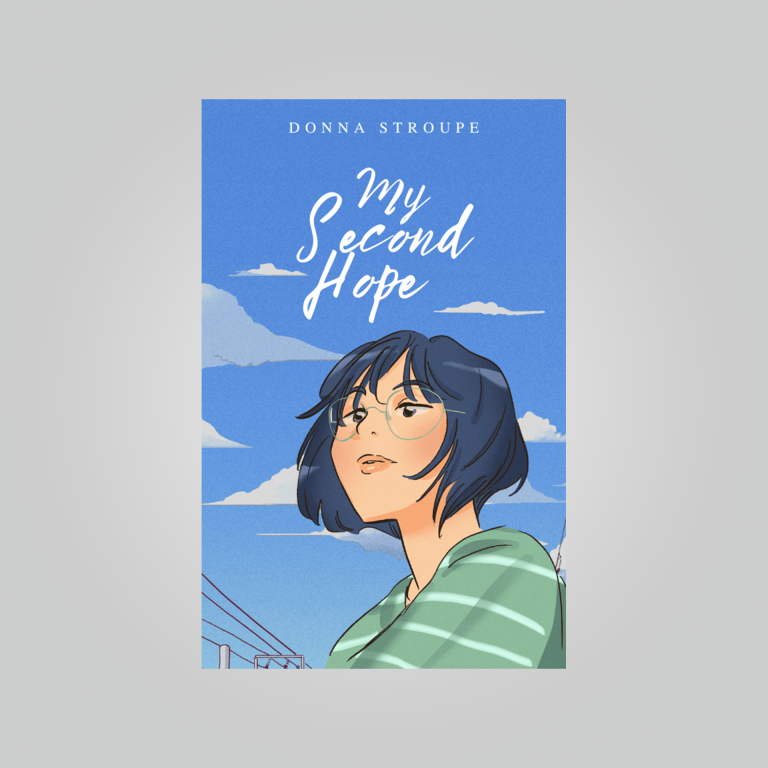
The anime-inspired character on the cover can draw the attention of a young adult reader but also middle-schoolers.
Summary
Now you should know how to write a children's book that will grip the attention of the target audience. Writing children's literature is always challenging, since this age group is hard to fool - they will know whether a book is good or bad. A young reader enjoys short stories without too many words, but it doesn't mean that it's not an interesting story.
When you have written an interesting board book or chapter book, decide how to publish it - whether to seek a traditional publisher, publish it yourself on Amazon or use alternative methods, like Publuu.
You may be also interested in:
A Short Guide to Ebook Design Basics!
Digital Publishing Trends to Look Out For In 2026